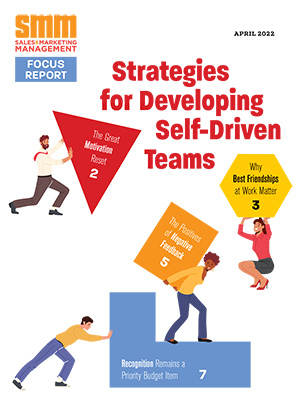Best practices benchmarking occurs when one organization takes another organization’s best operating practices and makes it their own. But doing this requires knowledge of which other organizations excel in a particular area and the ability to distill that excellence into a set of guidelines, habits, processes and policies that can be adopted internally. Best-practices benchmarking is the how of closing the gap between current lagging performance and future state.
Not surprisingly, as imitation is the sincerest form of flattery, companies want to learn from their non-competitive peers as rapidly and non-disruptively as possible. But one hurdle is determining where the best “best practices” can in fact be found. Industry reputation is sometimes undeserved. How many times, in fact, have we read a press release about our company that made us think, “That doesn’t sound like my workplace!”
The Seven Levels of Benchmarking
There are different forms of best practices benchmarking “intensity,” beginning with a basic level and proceeding to the most involved and effective form. Let us explore each in its turn.
Level 1: Learn from Past Success
“Success Analysis” documents focus on a corporate-specific task. Oftentimes, such efforts reveal “Centers of Competency” that can be exploited by other areas of the business. Virtually anything—sales meetings, reports, rep review projects, sales transformation programs—can be captured and assessed in this way. Knowledge Management software programs exist to support this function. The first step is to recognize when there is success and document it and then later to publicize, share, and emulate the practice. This is the most elemental form of best-practices benchmarking; it is surprising so few companies practice it.
Level 2: Borrow Good Ideas
These ideas originate from outside the organization and are freely available. Ideas can come from research, observation and inference—all sourced from the public domain. What is important is that the idea is already working for some other salesperson or sales organization. Some creative adoption and recognition is necessary to perceive that an external best practice can and should be applied internally. As with Level 1, it is relatively easy to find good sales ideas, but more difficult to implement them.
Level 3: Best-in-Company
This type of benchmarking captures certain follow-up activity in companies collecting large amounts of CRM data. Through assessment of data in various dashboard systems, sales executives spot top performers. The trick that many miss is not simply to identify who scores highest in an important sales metric but, instead, to systematically study those top performers. What are they doing, why and when that helps them excel? What are their habits and attitudes? How do they differ from median quota-bearing sales representatives? Answering these questions allows a list of best-in-company practices to be assembled and disseminated throughout the organization.
Level 4: Industry Standard
This type of benchmarking, and the next three that follow, all require comparison of internal performance to external performance. What differs in each is the degree of excellence represented by the external sample set. In industry-standard sales benchmarking, the goal is to bring a sales force up to a performance level approximate to that of a relevant peer group. The gap between your company’s sales forces and the median state for the peer group might be great and the financial payback large.
Level 5: Industry Leadership
This type of benchmarking focuses on exceeding top competitors’ performance in the sales function, not just achieving parity. The ability to demonstrate such superiority rests partly on the discipline of competitive intelligence. In the end, the fruit of achieving such excellence is the confidence that your sales force is contributing more to your business than is your competition. This does not imply that your sales function has achieved a strategic advantage; just that it has achieved prominence in the identified market space.
Level 6: Best-in-Country
Achieving this designation may have significance to the organization based on its customer base, market, and geography. Those selling to government organizations or those in relatively closed economies will value this highly. Being best-in-country in a critical business function can assist in advertising, talent recruitment, and even marketing. This can be demonstrated if the data exists to support it and the organization considers it relevant to compare a business function across many industries, services and companies.
Level 7: World Class
The urge to be the Babe Ruth of benchmarking is irresistible. Sales leaders particularly are on the hunt for the big idea that is easily adopted and yields breakthrough results. These do exist, but they are a few. Most successes achieved through sales benchmarking are a series of modest improvements that, taken together, enable a sales organization to achieve world-class performance.
To attain world-class status in benchmarking requires a deep and longstanding commitment, resources, patience and a willingness to persevere through obstacles. One of the most difficult experiences for a world-class benchmarking effort is the humbling experience of comparing performance against the best-in-world. Oftentimes, the gaps are large enough to be discouraging, even humiliating.
Greg Alexander, Aaron Bartels and Mike Drapeau are authors of Making the Number: How to use Sales Benchmarking to Drive Performance, a guide that connects the dots in showing readers how to improve their sales organization dramatically. It will teach, inspire and guide readers toward embracing benchmarking as the best way to transform a sales force. www.MakingTheNumber.com.
The Seven Levels of Benchmarking
Get our newsletter and digital focus reports

Stay current on learning and development trends, best practices, research, new products and technologies, case studies and much more.

